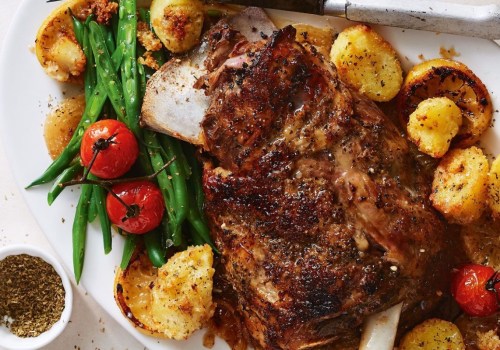Before the pandemic closed thousands of establishments, the U.S. restaurant industry. UU. It grew between 3 and 4 percent per year.
Delivery sales increased approximately twice that rate (from 7 to 8 percent). While population growth was a factor, most of the increase came at the expense of the grocery sector, as millennials and Generation Z preferred the convenience of prepared meals. A good example is Giant Food, a grocery store with more than 160 stores that works with third-party food delivery provider Instacart, but insists on having its own in-house online food delivery service to maintain its brand and control over the customer experience. It's part of a larger trend in e-commerce, in which customers demand more convenience and control over how and when they order their food.
Rappi, based in Bogotá (Colombia), is an example of a multivertical delivery application that combines food delivery with other orders (through services such as RappiFavor or RappiCash), while Uber Eats and DoorDash have begun to explore the possibility of stacking orders as part of their food offerings. Therefore, inspecting the effects of food service business characteristics at the individual unit level during the pandemic can have significant and practical implications for owners and operators of food service businesses. Some food companies are mitigating this situation by implementing their own online food ordering platform, but then using third-party suppliers for actual delivery. Except for major chains, most players in the restaurant industry partner with third-party food delivery service providers, which are essentially online food delivery platforms where different types of food can be ordered from many different restaurants.
As a global company with partner restaurants from Brazil to Beijing and elsewhere in between, the Otter team makes it a priority to keep up with trends and food innovation throughout the year. From urgent demands for sustainable food to the delivery of alcoholic beverages to the home and 26% more for household kits, we will keep abreast of constantly changing technology and customer trends affecting home delivery at your restaurant. While the pandemic was the catalyst for the enormous growth of online food orders, food delivery services have become a de facto standard for both the grocery and restaurant industries. Third-party delivery options may be increasing, but so is the number of restaurants and grocery stores that are ditching third-party food delivery service providers and creating their own internal food delivery management platforms.
Next, the food service company should better understand how it can improve consumer confidence in restaurant food services. We all know that the French take food seriously, and many argue that France serves some of the best food in the world. Food service researchers should therefore pay close attention to the state of consumer confidence when it comes to eating in food service establishments. Like consumers in the food service business, employees in the food service business have been experiencing enormous changes and difficulties.
Consequently, it is important to understand the real trust of consumers in restaurants and food service establishments as the evolution of COVID-19 continues and how that trust can be increased from the perspective of food service management. Similarly, 15% expect to increase the amount of food purchased, compared to 11% who plan to reduce food purchases. .







Leave a Comment